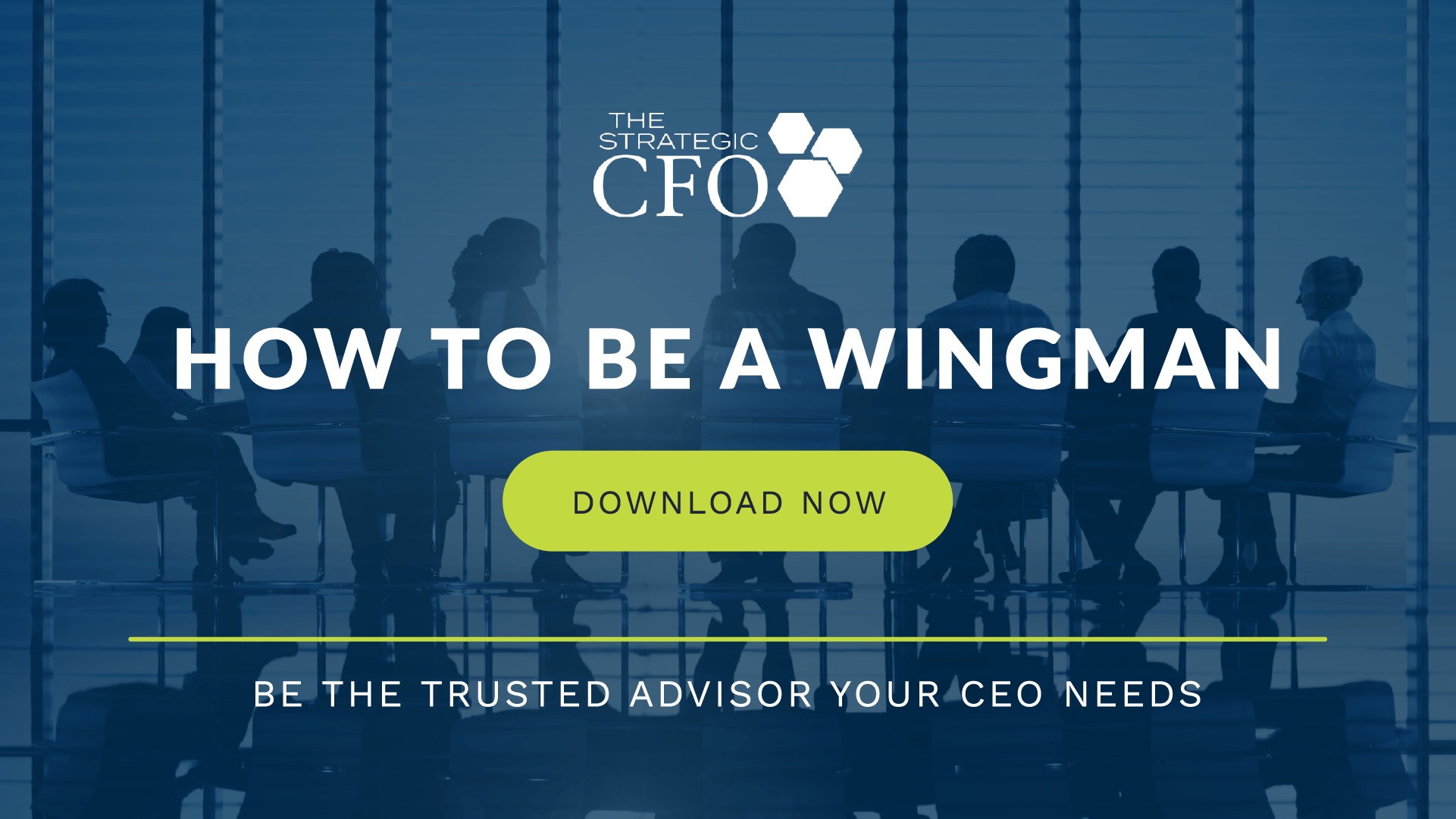 Here in Texas, graduation is approaching. It makes you wonder… How do those potential candidates stand out in a crowd if thousands of them are competing for the same job position? Believe it or not, you were in that same situation once. If you identify with the older generation, how did you land the job you have now?
Here in Texas, graduation is approaching. It makes you wonder… How do those potential candidates stand out in a crowd if thousands of them are competing for the same job position? Believe it or not, you were in that same situation once. If you identify with the older generation, how did you land the job you have now?
Simple Answer: You were most likely one of the creatives in the workplace.
2017’s Most Wanted Creative Skills
One of the major problems with school is that they teach material from five, maybe even ten (sometimes even more) years ago. However, it’s partially not their fault. New skills are being explored, developed, and desired every day. Some textbooks just can’t keep up.
Here are a couple of my personal favorite creative skills that some businesses are looking for:
Design
By “design,” I don’t mean the typical architect who draws with a bow compass and ruler and submits by the end of the week. Adobe Illustrator, Lightroom, and Photoshop are no longer highly paid skills because there are so many businesses who use them, and people who have the skill. Since 2015, development with User Experience/User Interface (UX/UI) has become more precise. Who knows, maybe that will be the next Adobe suite in terms of conventional skills…
Designers are also faster than before. If we compare a web page from ten years ago to the ones we see today, then designing a web page used to take months. Now, it only takes a few hours. This increase in productivity opened the door for other improvements with technology and design, and will continue to do so with more improvements in the industry.
Writing
Demand is increasing for digital marketers, search engine optimization (SEO), and copywriting for company websites – I’m guilty of this myself! Like many skills, writing is considered a constant demand and ever-evolving skill. Employees don’t often have the time or patience to write 1,000+ words a day.
Writing has become so evolved that there is an algorithm, maybe even a customizable process. Writers put thoughts and feelings out there for users and customers, which is something no artificial intelligence will ever be designed to do.
[highlight]Everyone has their own special skill… how do you know which is the best system for your company? Download our free guide, How to be a Wingman, to be the best wingman to your CEO.[/highlight]
Benefits of Having Creatives in the Workplace
These are all attractive skills to have in 2017, but the demand is high and the skills are constantly  changing. Additionally, creativity doesn’t always translate to advanced skills like coding and UX/UI. According to dictionary.com, Creativity is “the ability to transcend traditional ideas, rules, patterns, relationships, or the like, and to create meaningful new ideas.” Creativity can and should be in every team member, and here’s why…
changing. Additionally, creativity doesn’t always translate to advanced skills like coding and UX/UI. According to dictionary.com, Creativity is “the ability to transcend traditional ideas, rules, patterns, relationships, or the like, and to create meaningful new ideas.” Creativity can and should be in every team member, and here’s why…
Creativity = Flexibility
It is common to have a standard procedure and policy when implementing new ideas for a company. One of the benefits of having creatives in the workplace is that they figure out new ways to do a project, but still maintain the company policy. Doing the same tasks the same way becomes discouraging and mundane, and having a fresh opinion can keep even routine tasks interesting.
Flexibility = Growth
Having employees to provide a “fresh” opinion not only keeps tasks interesting, but helps the company grow. It is often difficult to see what needs to be improved when you’ve worked somewhere for a long time. Bending the company norms, but just enough to stay within company procedures, effects change within a company. Depending on your company culture, this is great news. However, not every company sees it that way…
Disadvantages of Having Creatives in the Workplace
When you’ve established a company culture for more than 10 years, having a young mind spouting change might rub the “old factory” workers the wrong way. If creatives and millennials are both seeking creative job positions, you’d assume it’s a good thing that millennials are inclining more towards creativity and innovation. In most ways, it is. In others, well… Here are a couple of reasons why having creatives in the workplace might actually slow your progress down:
Creatives don’t always enjoy Repetition
 As a professor in an Entrepreneurship Program, I hear the same thing. “Corporate is bad,” and “I refuse to be a cog in a machine!” are only a couple of phrases I’ve heard. Young creatives are less attracted to a traditional company culture because of the repetitive and mundane tasks that these businesses often have. Toeing the company line seems restrictive for the creative thinker, which is why having creatives in the workplace is becoming rarer, and more creative people tend to quit their jobs within two years. The best cure for this is to allow those creative minds to bend the policy a little, (and maybe show us Baby Boomers and Gen X-ers a thing or two).
As a professor in an Entrepreneurship Program, I hear the same thing. “Corporate is bad,” and “I refuse to be a cog in a machine!” are only a couple of phrases I’ve heard. Young creatives are less attracted to a traditional company culture because of the repetitive and mundane tasks that these businesses often have. Toeing the company line seems restrictive for the creative thinker, which is why having creatives in the workplace is becoming rarer, and more creative people tend to quit their jobs within two years. The best cure for this is to allow those creative minds to bend the policy a little, (and maybe show us Baby Boomers and Gen X-ers a thing or two).
Squirrels are More Common
Another disadvantage to having creative people in the workplace is that they are often strongly opinionated and visionary. Consider our recent blog: “That Squirrel will Kill You!”. Having new opinions and visions for a company should always be accepted and heard, no matter how crazy or different they may be. However, creative people have a lot of ideas, and often move on to the next idea too quickly to make them reality. The downside is, some projects need to be completed before your company can afford another one. Constantly creating can be detrimental if no one is actually productive in a project, and everyone always works on something new.
Conclusion
Having creative people in the workplace can be tricky – there is definitely a gray area and many contradictions. In my opinion, having a creative mind definitely separates someone in a crowd of applicants. The difficult part is how to incorporate those creative thinkers in an environment that isn’t very creative. Let’s face it – companies need those creative people just as much, if not more, than they need the status quo. So ask yourself, are you the cog in the machine that conducts the same processes every time, or the inventor? It’s up to you to decide.
[highlight]Don’t forget… the CFO is the CEO’s wingman, and it’s not a mundane job. Learn how to think like a creative with this free tool![/highlight]

[box]Strategic CFO Lab Member Extra
Access your Projections Execution Plan in SCFO Lab. The step-by-step plan to get ahead of your cash flow.
Click here to access your Execution Plan. Not a Lab Member?
Click here to learn more about SCFO Labs[/box]











